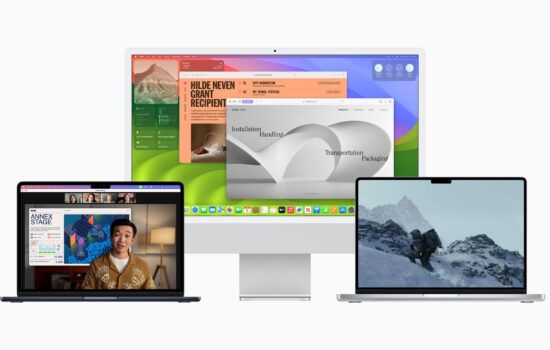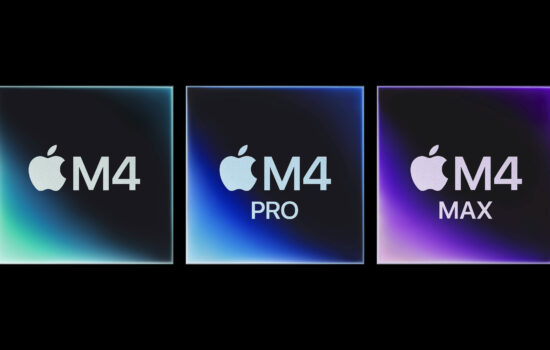On January 15, 2008, at MacWorld San Francisco, Steve Jobs took the stage and said, “there’s something in the air.” Shortly afterward, he announced the MacBook Air and claimed that it was the world’s thinnest notebook. To show how thin it was, he pulled the MacBook Air out of a manilla envelope. Although this computer would have its troubled years throughout its generations, this product is nonetheless a revolutionary product that would set the standards for all of the future laptops Apple would ship. Here are some of the firsts that the MacBook Air brought:
- A unibody enclosure would allow the MacBook Air to not only be thinner/lighter but also have a much more rigid enclosure that’s durable to take the laptop with you wherever you go. Later that year, the unibody design would make its way to the MacBook and the MacBook Pro.
- By removing the optical drive from the MacBook Air, Apple was able to fit an entire Mac in such a thin and light design. At the same time, this would lead to the birth of online software distribution (App Store) and streaming services.
- In 2005, Apple brought the two-finger scrolling gestures to the trackpads found on all of its laptops. Just a year after the introduction of the iPhone, Apple took another step forward to how we can interact with the trackpad. Thanks to multi-touch gestures that are inspired by the iPhone, customers can interact with macOS using up-to-five-finger gestures to perform everyday actions such as a three-finger swipe up for Mission Control.
- First the first time in a Mac notebook, this MacBook Air offered a solid-state storage option. SSDs offer many benefits over traditional hard drives in that they have no moving parts, which means they are less prone to drive failures, and they offer instant-wake operations, which lead to faster boot times and read/write speeds. Although this built-to-order option was much more expensive than the common hard drive solution, SSDs would become the standard on all of Apple’s computers when it comes to internal storage as SSDs have become relatively cheap.Â
When the MacBook Air became available in stores, it was priced at $1,799 and sat between the cheaper MacBook and the higher-end MacBook Pro. But the limitations in performance with the relatively high starting price made this computer a hard sell for most customers. It wasn’t until 2010 when Apple brought a new design for the MacBook Air and brought the price down to $999, which made it a huge hit for customers and students.
Apple did attempt to replace the aging MacBook Air with a 12-inch MacBook that was much thinner and lighter; however, it wasn’t as compelling as the Air due to its higher price point, relatively low performance, and other issues (that’s a story for another day). In 2018, Apple finally brought the Retina display to the MacBook Air, and just two years later, Apple started its monumental transition from Intel processors to its own Apple Silicon. The MacBook Air was the first Mac to adopt the first generation M1 chip, which brought an even better performance per watt that would allow not only faster performance but even better battery life at up to 18 hours depending on usage and configuration.
Now that we have the redesigned MacBook Air with a flatter design and M2 chip, there’s still a lot to be excited about for the future of the MacBook Air, including the anticipation of the larger 15-inch model. If you haven’t owned a Mac, you gotta check out the M1 Air, it’s still the best value for any Mac that Apple sells. ($899 at B&H Photo). Have you owned a MacBook Air? What do you specifically like about it? Let us know in the comments below.








